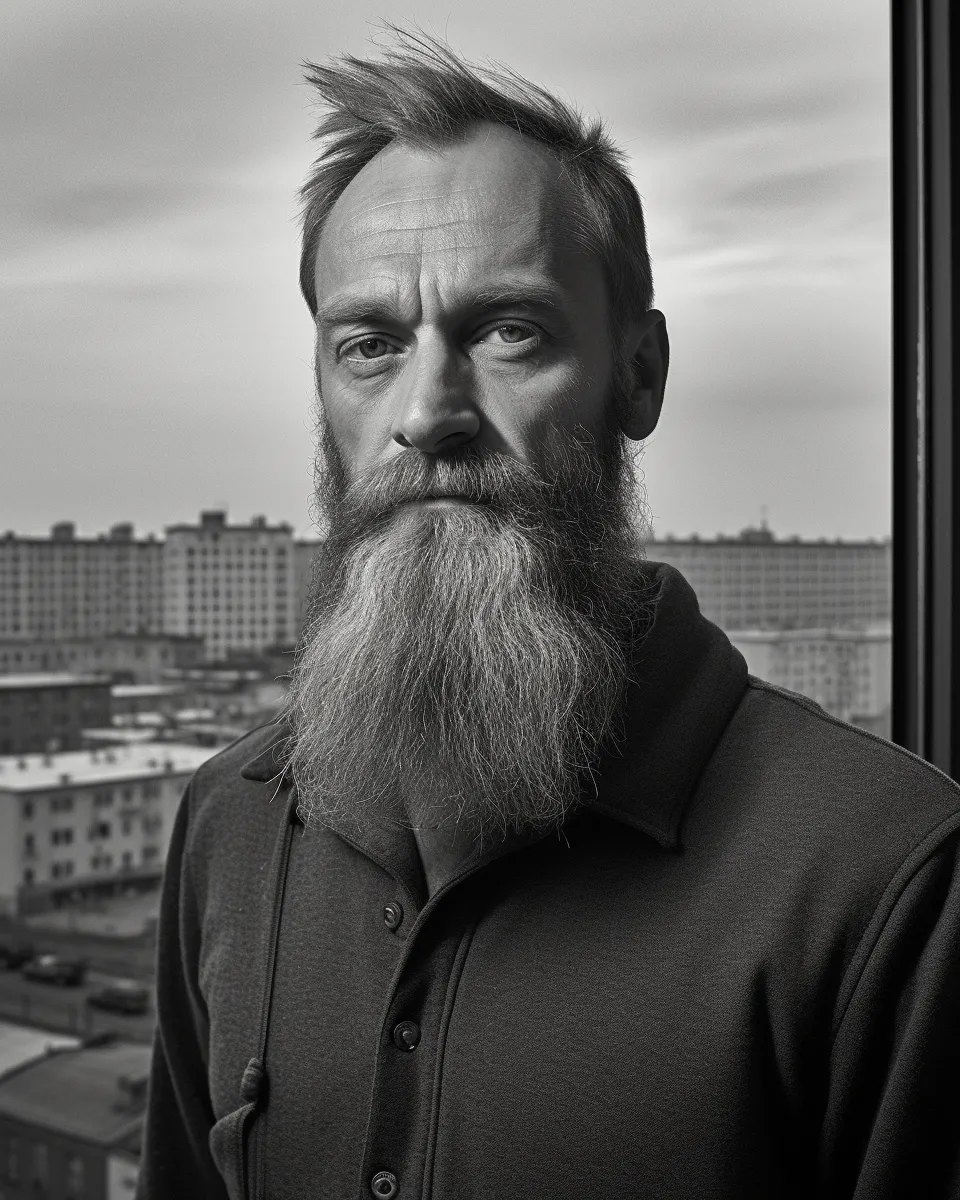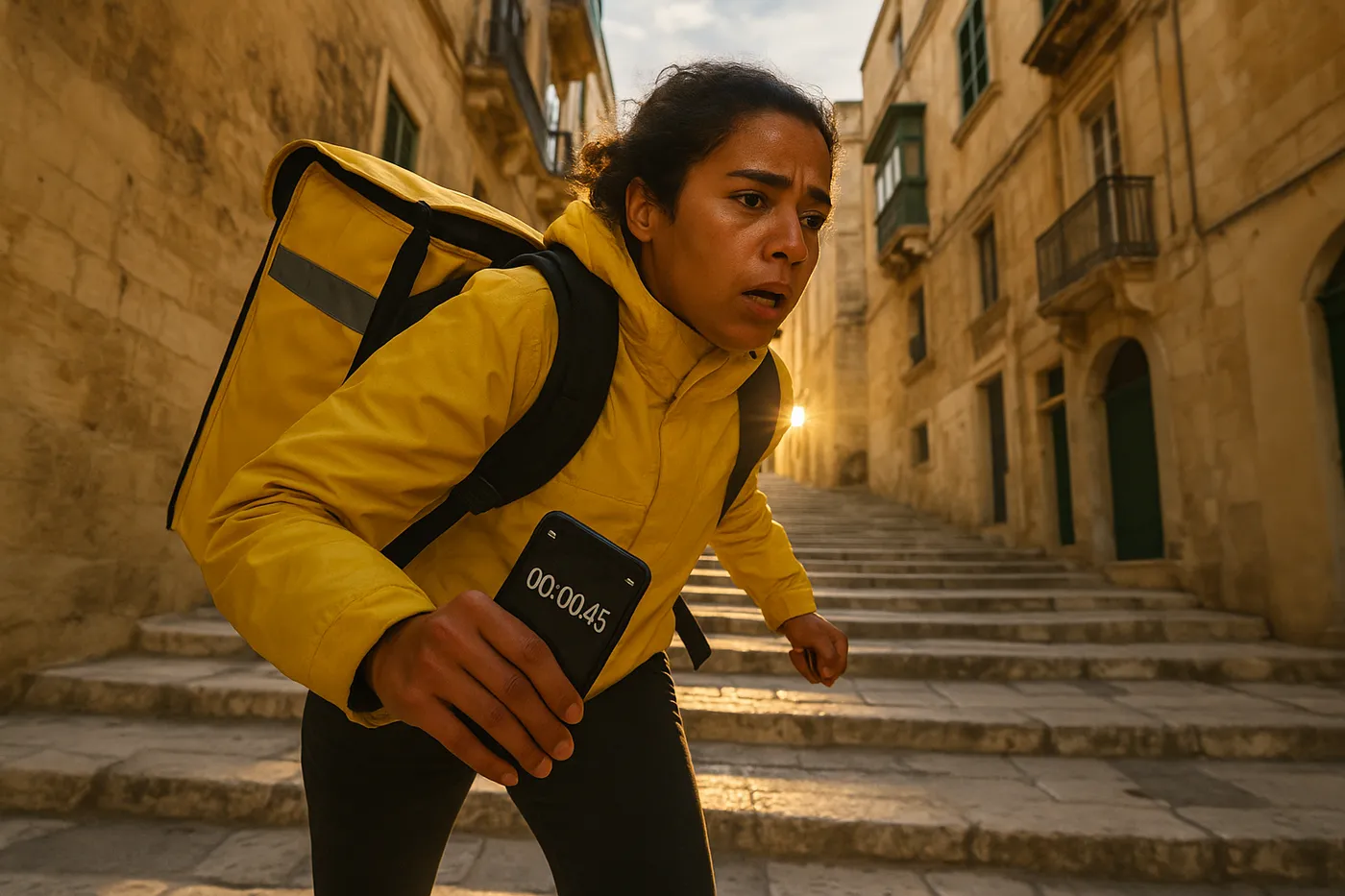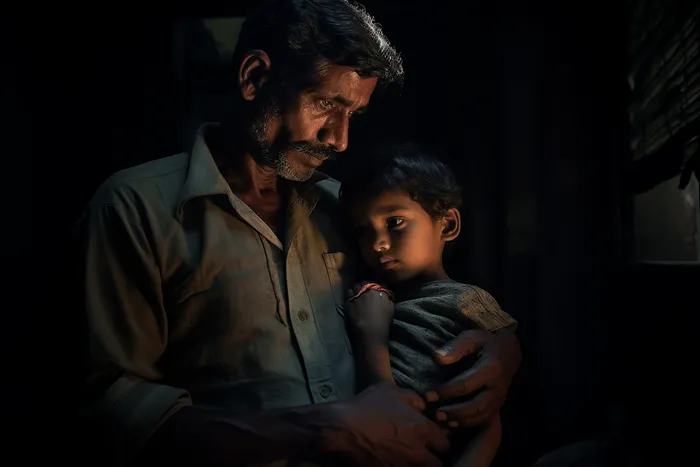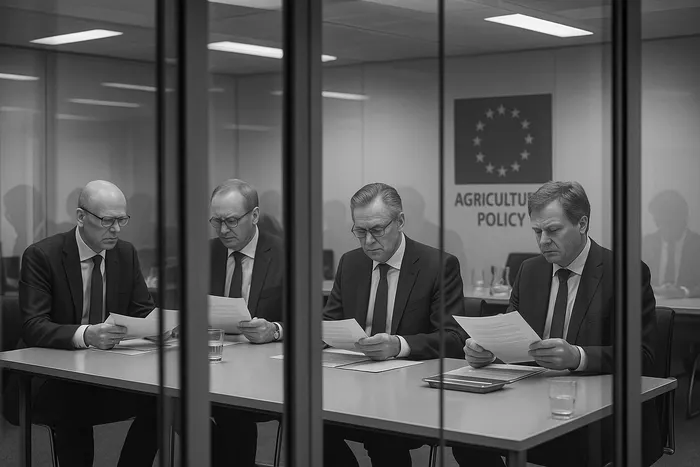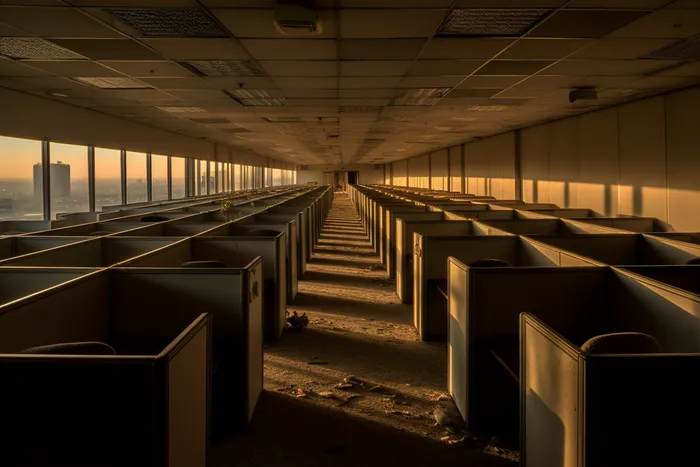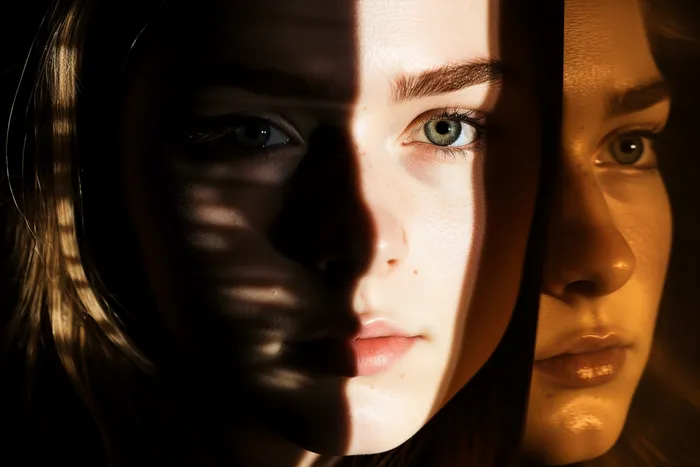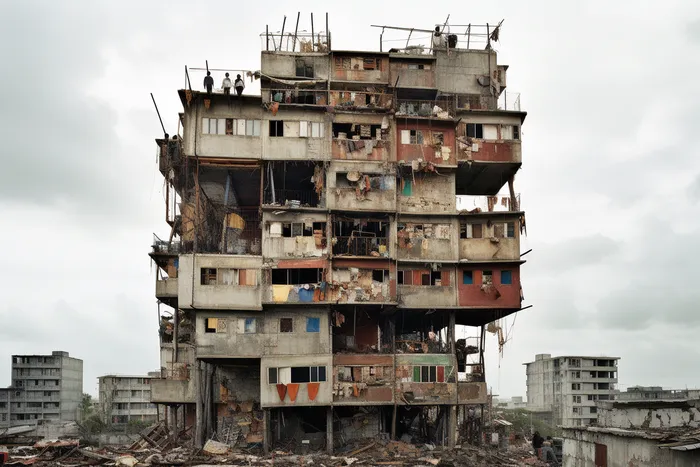Series Statement
In his groundbreaking project "From Pixels to Pavements," Russian photojournalist Ivan Pashenko takes viewers on a visual exploration of the real-world landscapes being shaped by the rise of e-sports. The project does not merely focus on the architecture and design of e-sports arenas and gaming hubs; it goes beyond to capture the deeper social, economic, and cultural shifts that these digital gladiator stadiums precipitate within their host cities.
Pashenko invites viewers to witness the startling metamorphosis of urban neighborhoods, from forgotten industrial districts to buzzing e-sports hubs. The project interweaves powerful images of glitzy new arenas, renovated loft spaces, revamped public facilities, and the arrival of a vibrant, diverse population of gamers, enthusiasts, and professionals. He presents the transformation of spaces, the people, and the economy, all under the unifying theme of e-sports' growth.
Yet, Pashenko also urges viewers to engage with the project's more challenging narratives. He addresses the tensions that arise from such rapid urban change, such as gentrification, displacement, and economic inequality. In doing so, he prompts a conversation about the responsibilities and roles of e-sports organizations in their local communities.
In the end, "From Pixels to Pavements" offers a deeply nuanced, intensely personal take on a global phenomenon that is reshaping our cities and societies in unexpected ways. It is a testament to the power of photojournalism to capture not just images, but the stories they tell and the questions they raise.
Image Captions
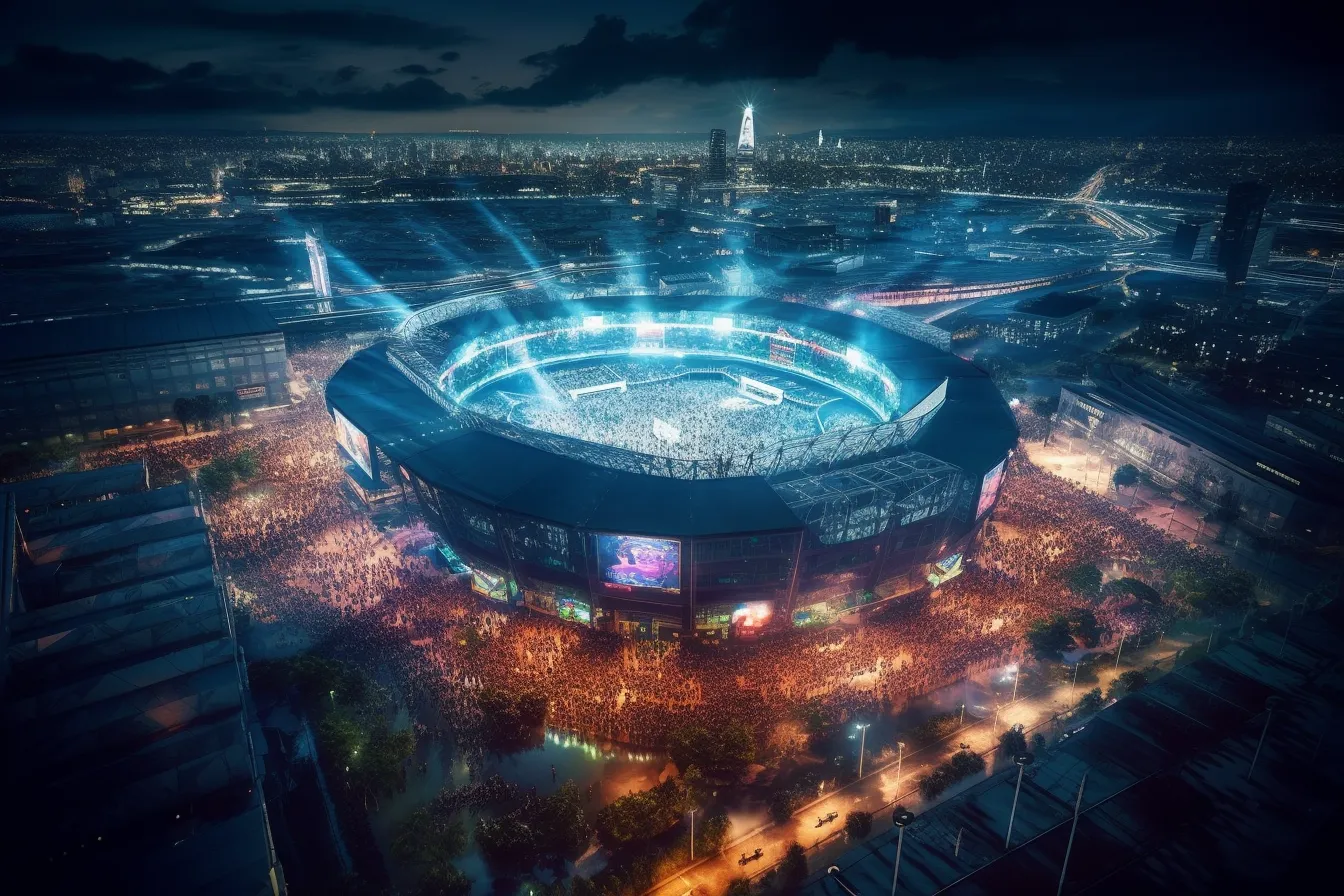
The Phoenix Arena An expansive, sweeping shot of a converted industrial warehouse, now glowing with neon lights, brimming with anticipation. High-contrast lighting highlights the juxtaposition of old brickwork and new LED screens. The spectator seats are filled with a diverse audience, their faces lit by the glow of the screens, capturing the fusion of the old and the new.
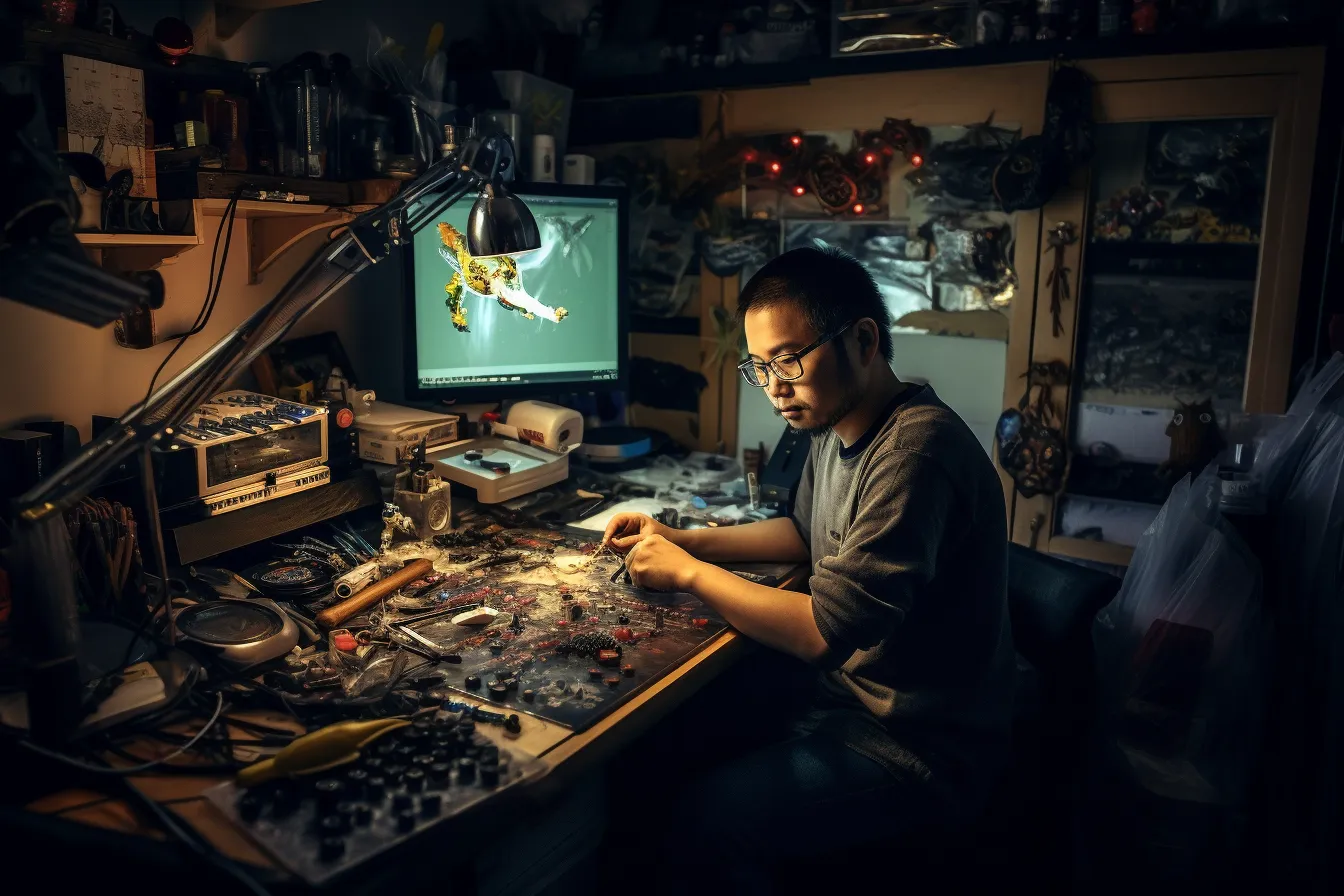
The Gamer’s Alley This narrow, dimly lit shot captures a bustling side-street filled with gaming cafes, arcades, and themed restaurants. The play of light and shadows under the neon signs gives the composition a cyberpunk aesthetic. People in various forms of gaming attire populate the scene, creating a sense of a thriving, subcultural community.
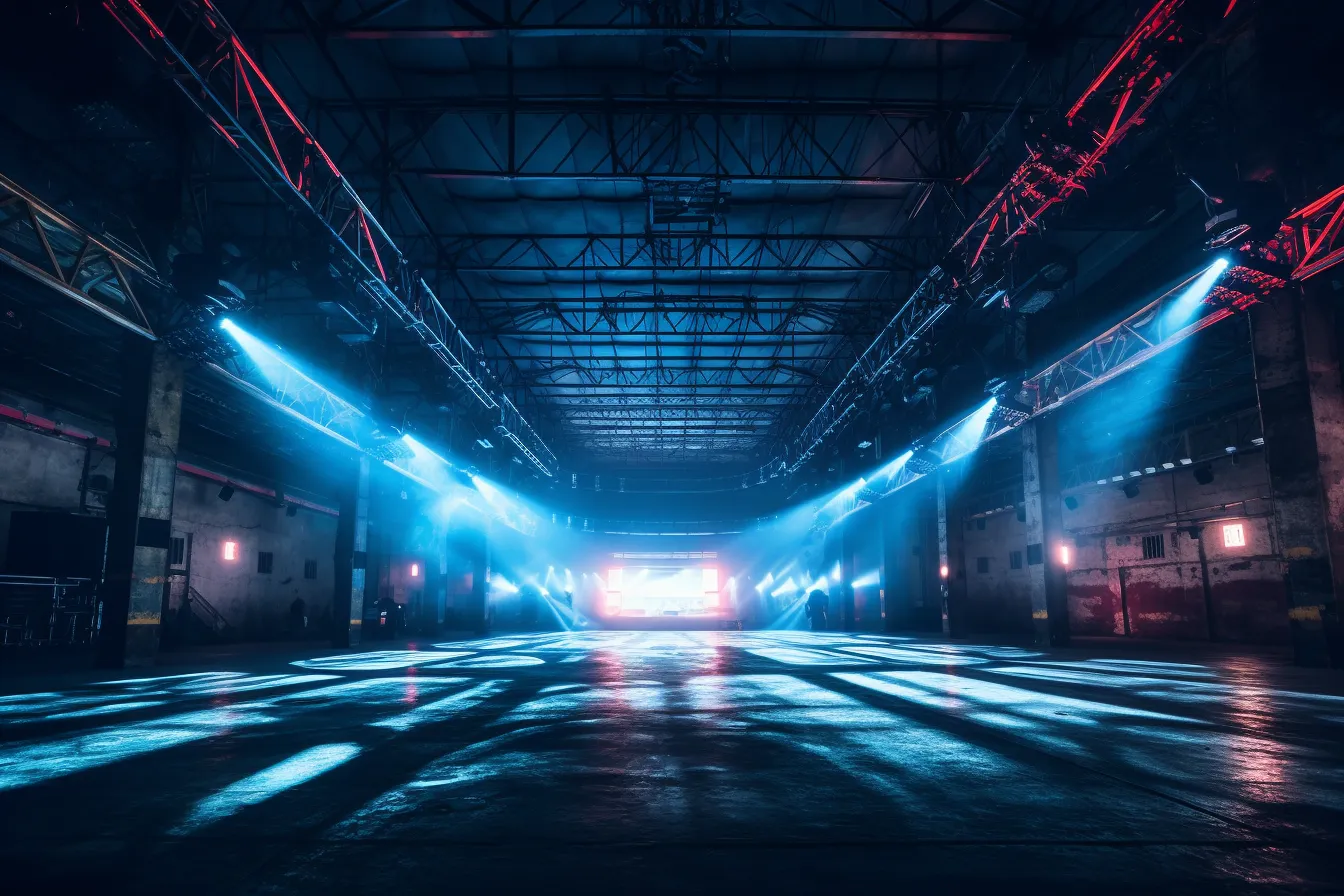
The Loft A high-angle shot of a refurbished loft, now home to an e-sports team. The image uses natural morning light pouring in through the large windows, illuminating rows of computers and gaming paraphernalia, juxtaposed against the old, rustic beams of the loft, showcasing the fusion of history and modernity.
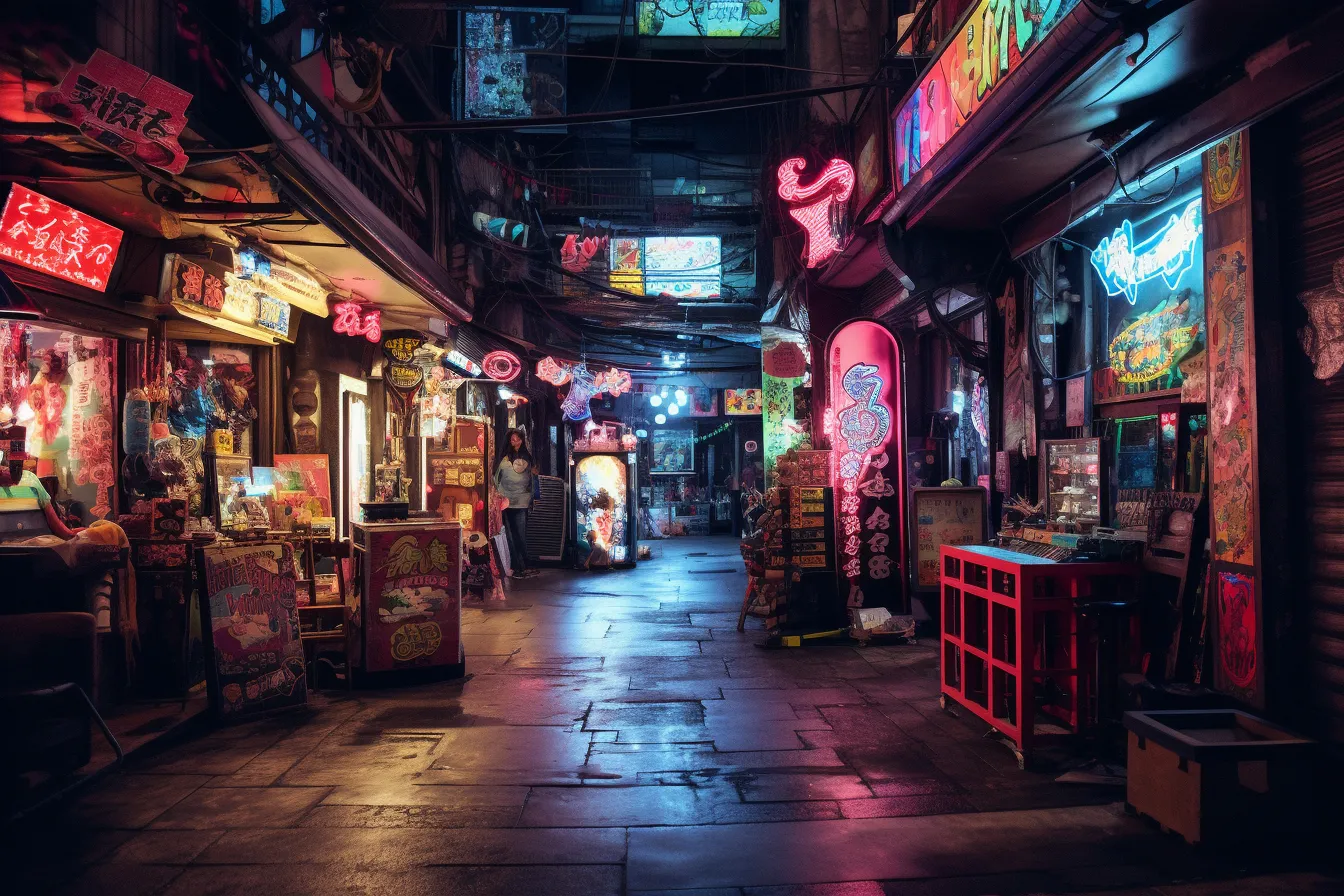
The Protest A low-angle shot capturing a protest against gentrification led by locals. The stark daylight casts long, dramatic shadows. The protestors are in the foreground, their placards held high, while a shiny e-sports building towers in the background. This contrast highlights the tension between the progress promised by the new industry and the fears of local displacement.
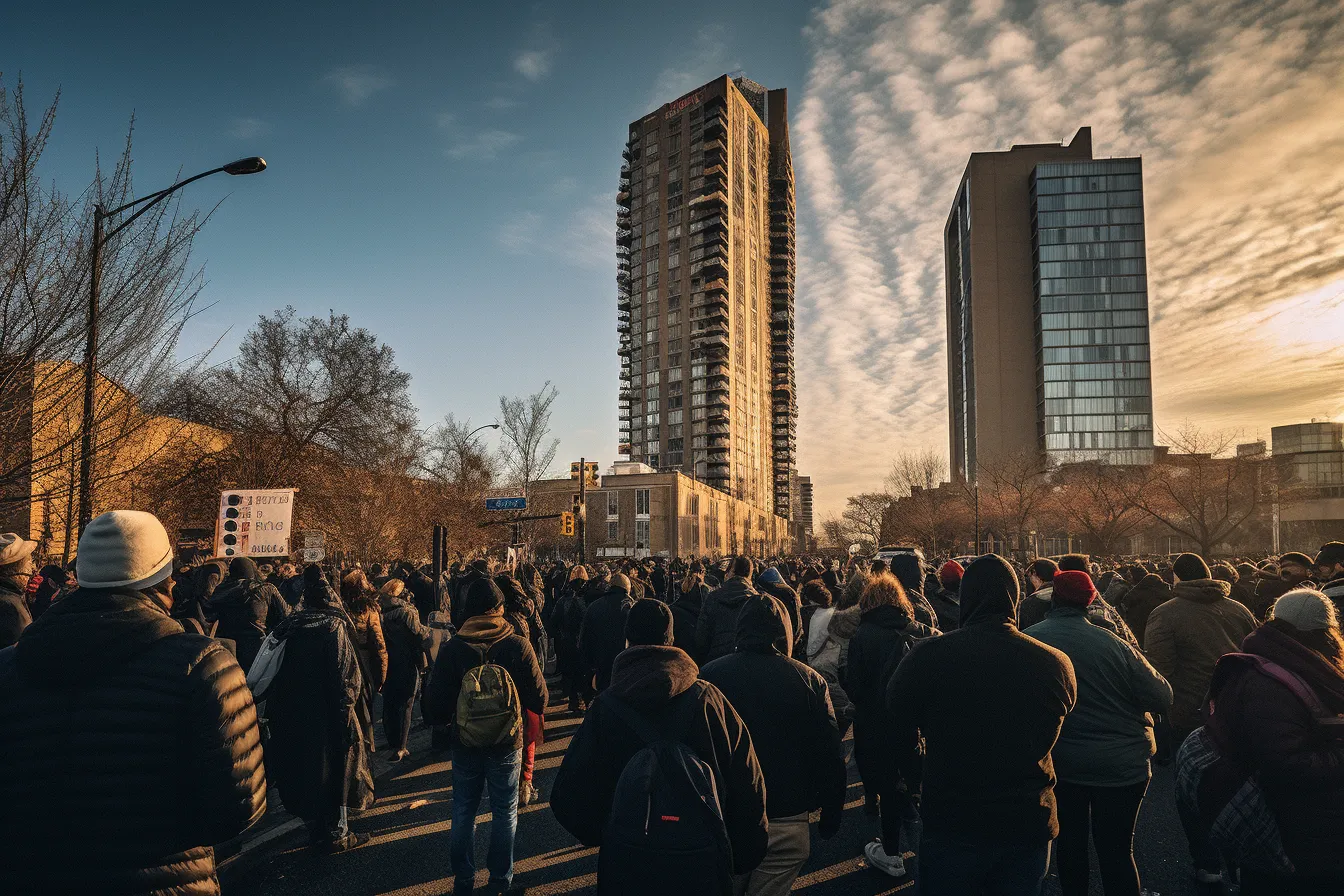
The Controller Craftsmen This intimate portrait captures a local artisan who started a business crafting custom gaming controllers. The lighting focuses on the artisan’s hands and the controller, showing the human touch in a digital world. The background reveals a small workshop filled with various gaming paraphernalia, hinting at the wider impact of e-sports on the local economy.
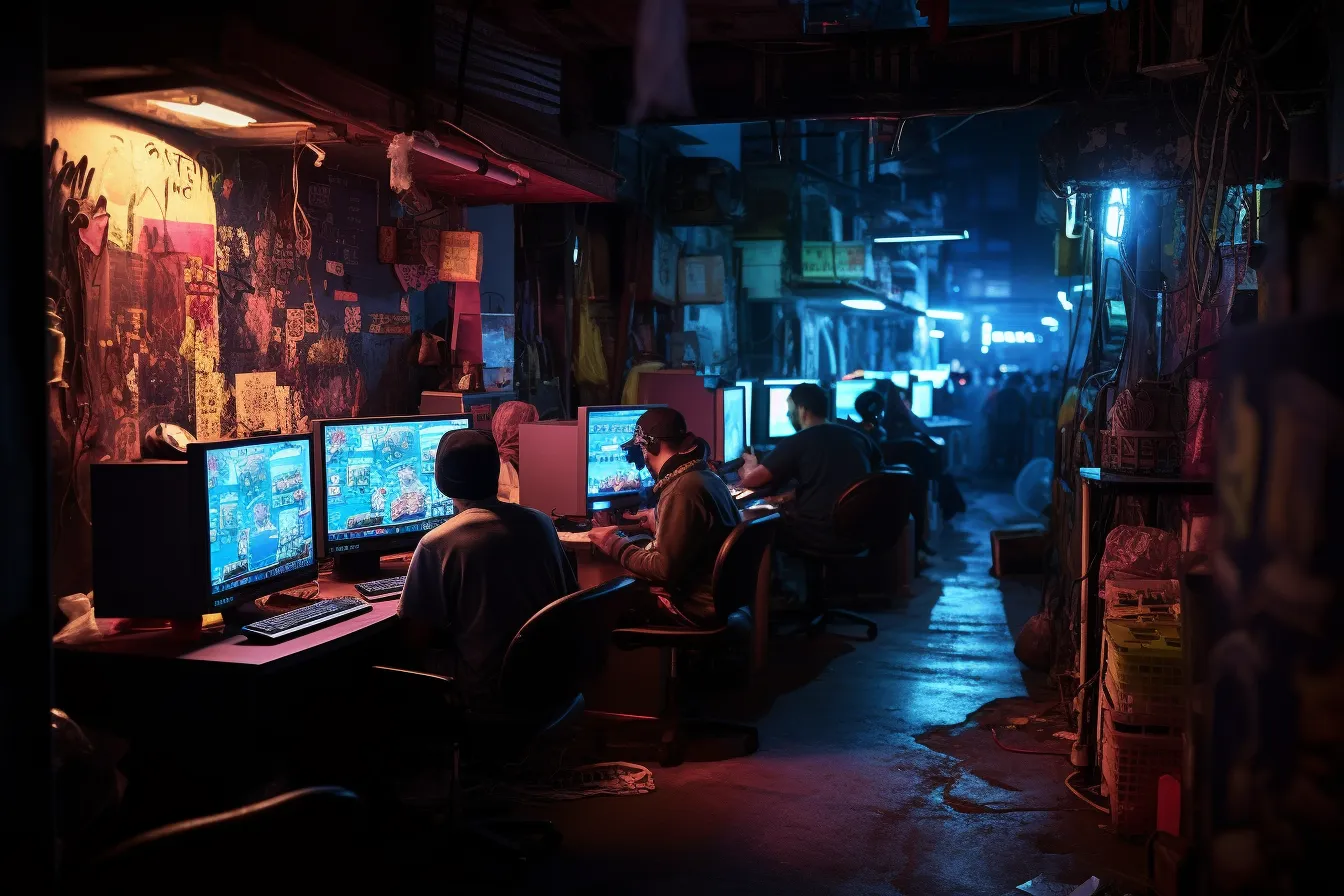
The Night Shift This is a night-time long-exposure shot of an e-sports arena. It captures the bustling energy, with people moving in and out as streaks of light, hinting at the non-stop, 24/7 nature of the industry. The arena itself stands tall and illuminated against the dark urban landscape, symbolizing the transformative power of e-sports on the city's nightscape.

Photo 7

